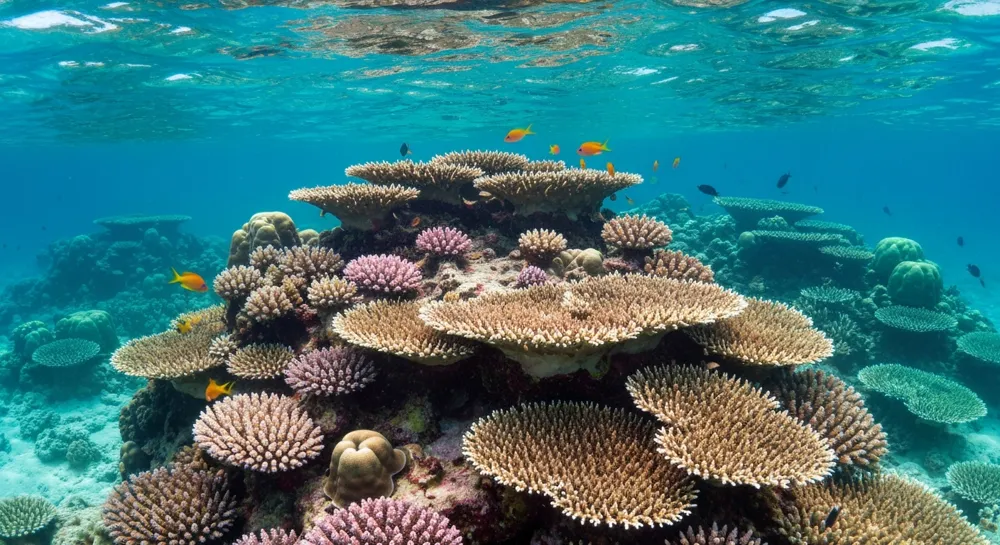Zebrafish in Space: Advancing Biological Research

The recent mission of the Shenzhou 20 spacecraft, which successfully brought six zebrafish to the Chinese space station in April 2025, opens up a fascinating dialogue about the implications of space exploration and our understanding of biological processes in microgravity. This study is not just an engaging spectacle; it critically examines the physiological adaptations necessary for sustained human presence in space. As humanity ventures into deeper space exploration, understanding the impacts of microgravity on biological systems becomes paramount.
The zebrafish, a model organism with a striking genetic similarity to humans (approximately 70-80%), was chosen for its unique characteristics that allow researchers to study bone loss and cardiac remodeling in microgravity. The zebrafish's clear embryonic development enables scientists to observe its physiology dynamically, making it an ideal candidate for space biology experiments. This aligns with broader trends in life sciences where model organisms, including fruit flies and mice, have proven integral to significant scientific breakthroughs, establishing a foundation for how we understand genetics and development across species.
The intriguing part of this mission is the dual role that zebrafish and algae play in creating a self-sustaining ecosystem in space. Zebrafish consume specially designed food injected into their habitat, while the algae purify their environment and produce oxygen through photosynthesis. This symbiotic relationship reflects a holistic approach to understanding life in controlled environments, such as during long-term space missions or even potential colonization of other planets.
As researchers push the boundaries of existing scientific frameworks, the call for using multiple model organisms in experimental designs has surged. Different species present advantages in diverse biological contexts, indicating that multi-organism studies could yield richer insights into complex life processes. This collaborative approach will enhance our understanding, especially relevant with various factors at play in space life sciences.
Ultimately, the zebrafish mission is not just about the immediate scientific objectives; it also raises broader questions about the future of human life in space. If we can unravel the mysteries of biological adaptation in microgravity, what more can we achieve in terms of human health and survival during extended space missions? As scientists explore these frontiers, where will their discoveries lead us next?
Read These Next

Streetlight Charging: Revolutionizing EVs
A Pennsylvania State University research team has successfully converted streetlights into electric vehicle charging stations, providing a cheaper and more effective alternative to traditional installations while considering urban equity.

AI Surge in Venture Capital: A Game Changer
Analysis of the recent PitchBook report indicating a historic investment surge in AI startups within the venture capital sector, exceeding half of total funding.

China Aims to Accelerate Green Transition in All Sectors
China plans to speed up its green economy transition with investments in technology and eco-friendly practices to combat pollution.
